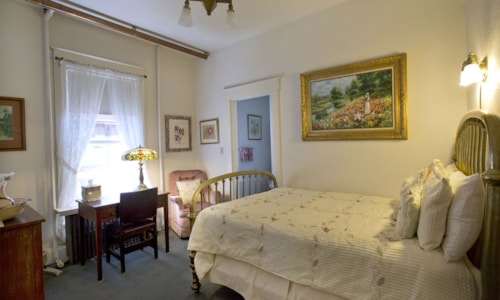Coolidge
Coolidge was a small town created by a former politician and the site of Montana's largest and final silver development.
William R. Allen, a Republican who had been elected Montana's lieutenant governor in 1908 created the Boston-Montana Development Corporation and began buying mining claims in the Elkhorn Mining District. Allen quit politics in 1913 to devote his time to the company.
As early as 1919, the community of Coolidge had begun to thrive and at this time work was beginning on the mine tunnel. Allen was said to have named the town after his friend Calvin Coolidge. It was rumored that the future President was an investor in the Boston-Montana Development Corporation.
By 1922 the town had both telephone service and electricity provided by a power line running from Divide over the hill to Coolidge. With more families moving to Coolidge, the school district was organized in October 1918. A post office was established in January of 1922. Residents were entertained at the pool hall, or skiing and sledding during the winter.
By the time the mine tunnel and operation were ready to go, the national economy took a downturn and silver prices plummeted. In 1923, the whole operation had gone into receivership. W.R. Allen lost his personal fortune and control of the property. In 1927 a Montana Power Company dam failed and water washed out twelve miles and several bridges of Boston-Montana's railroad. The school district was abandoned and in 1932 the post office was discontinued and the mail was ordered to Wise River.
Coolidge is located south of Butte. From I-15, travel west on SR-43, then south onto NF-73 (Wise River Polaris Road).







